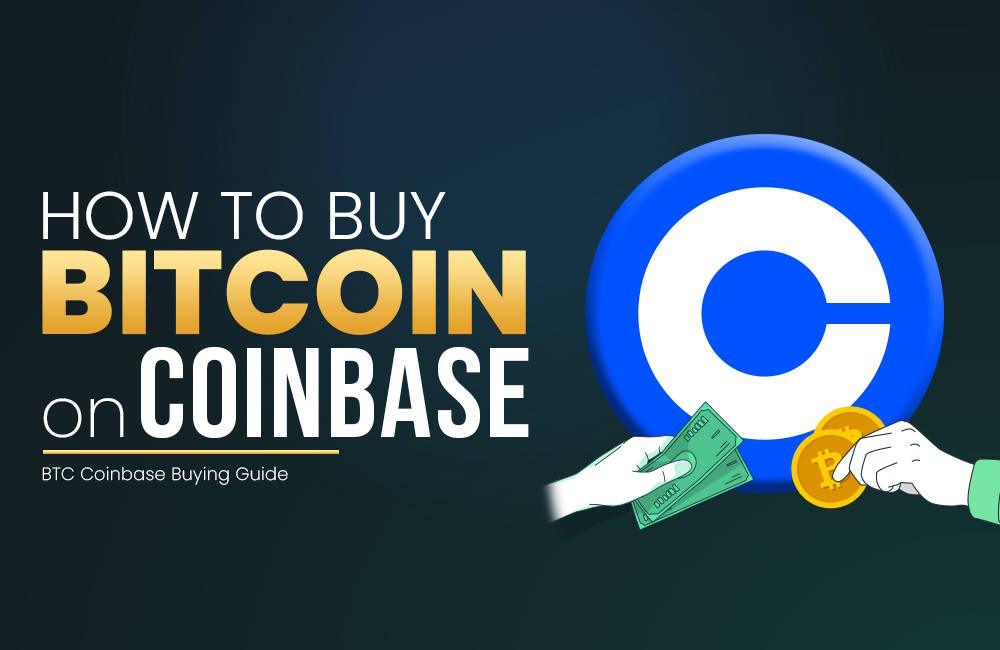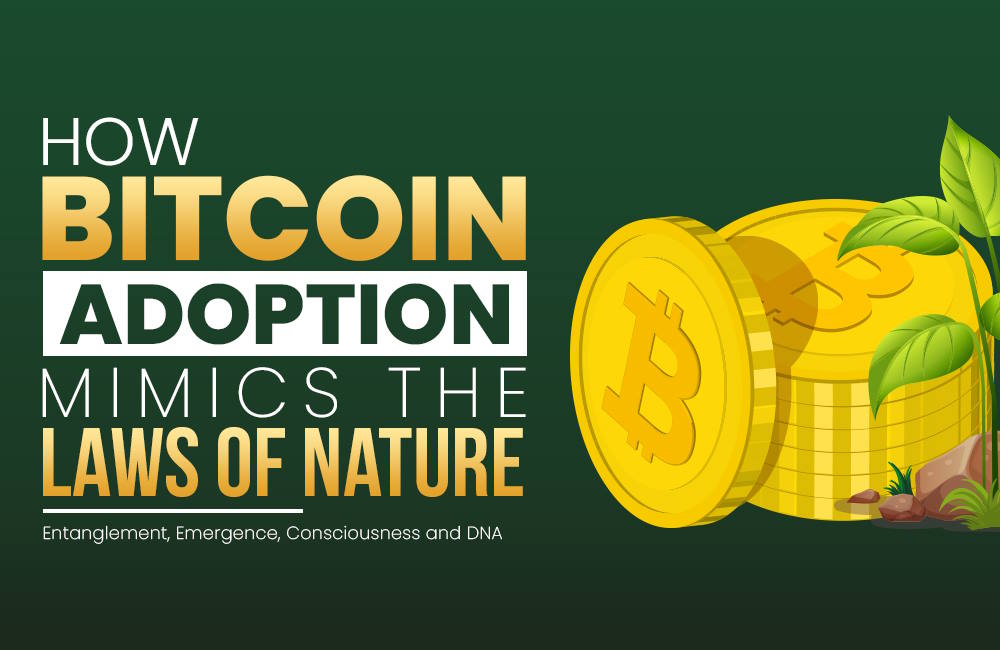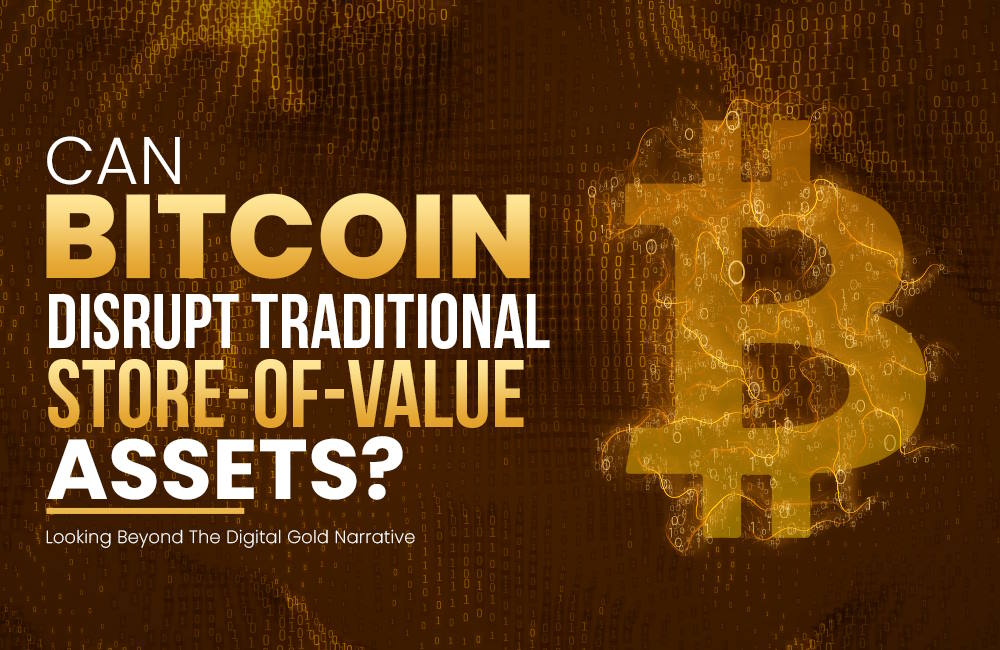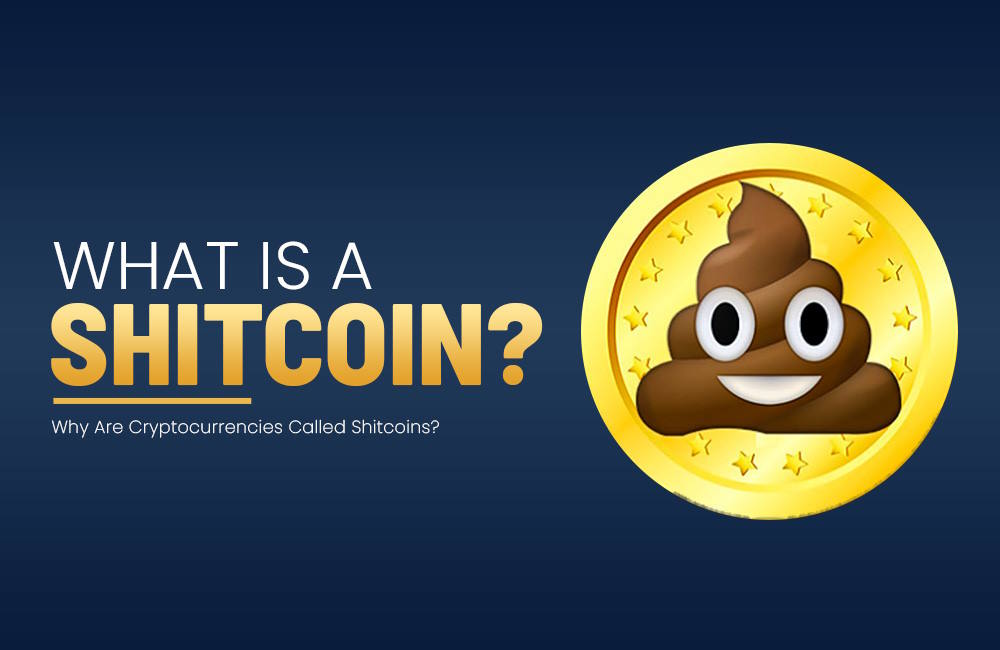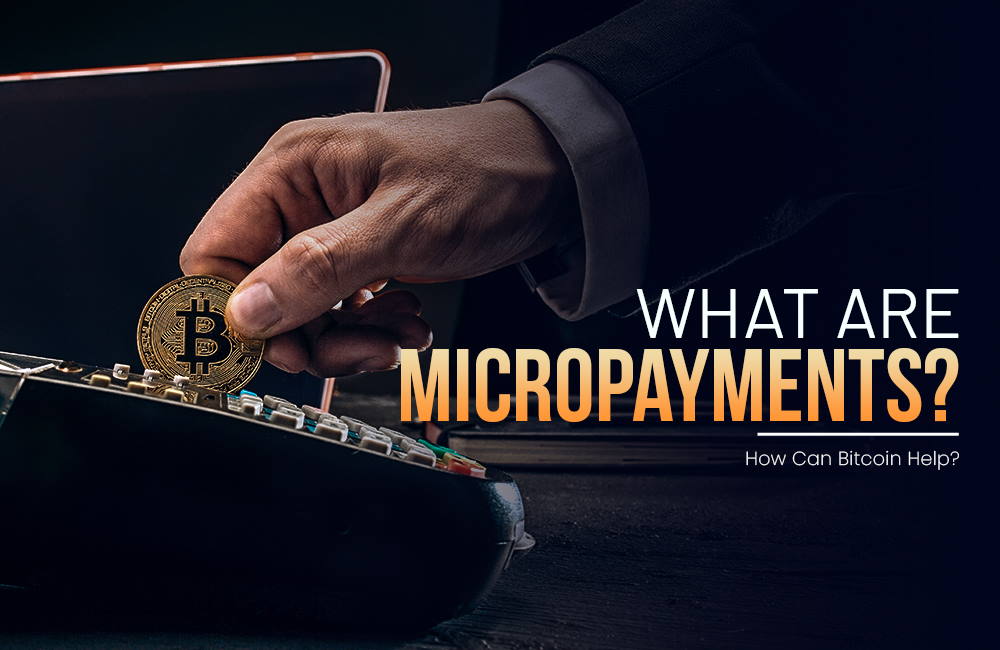
What we're talking about:
What are Micropayments?
The rise of easy e-commerce paved the way for a growing dependence on payment processors like PayPal, Stripe and Mastercard. However, in the race to replace cash, the convenience of quick and easy digital payments is not all that it appears to be on the surface level.
Today we’ll take a peek at what’s behind the micropayment movement and learn how Bitcoin offers an alternative solution to the fintech status quo.
What Is a Micropayment?
Micropayments are small transactions that occur predominantly online. Depending on who you talk to, the defining amount could range anywhere from under a dollar all the way up to 20 bucks. The word micropayment predates the modern-day internet and can be traced as far back as the 1960s when American author Ted Nelson first coined the term. Nelson envisioned a future where authors would receive small royalty payments for the amount of time readers spent reading their material. Fast forward to today and this is pretty much how Medium writers earn their bread!
Micropayments would not be possible under a typical credit card payment structure; or rather, they would make no economic sense at all. The processing involved would smother the buyer and/or seller in fees, wiping out the convenience of the small payment. Yet people all around the world still manage to transact value at fractions of a dollar every single day…
The Demand for Micropayments
In general, micropayments are made possible through the custodianship services provided by centralized payment processors. Despite the risks posed by these centralized structures, an abundance of demand persists for rapid and flexible digital payments. Fintech companies are scrambling to unlock value in this category, while bypassing the pitfalls of the credit card behemoths.
Using your card or mobile device to pay for a can of soda is an obvious use case, but there are plenty of other internet-native products and services that can greatly benefit from this form of payment. Some examples include:
- Automatic and instant royalty payments
- In-game purchases
- Online tipping
- Coordination of connected smart devices
- Precision purchasing, such as individual songs instead of albums
- Sponsorships and community fundraising
- Supporting content monetization
The Future of Micropayments
As an independent digital currency, Bitcoin serves the abovementioned use cases but also builds upon them in a number of interesting ways.
The flexibility that bitcoin divisibility affords micropayments is a paradigm shift in unit measurement. Forget the double digit decimals that we’re used to seeing in the grocery store, now it’s possible to pay for products or services on a far more granular level. Think of paying writers per words read, video directors for seconds viewed, or musicians beat by beat. Bitcoin’s digitally native peer-to-peer model allows for this to be done without the intervention of fintech middlemen.
Leveraging Bitcoin for micropayments can also greatly increase personal security in areas where banks are either difficult to obtain membership to or are simply not present at all. The standard alternative in unbanked communities is to trade exclusively in cash, a custom that is not without its security risks. As mobile connectivity continues to extend throughout all continents, so too does the possibility of transacting small payments without holding physical cash. Certain enthusiasts have even gone so far as to transmitting their Bitcoin payments over good old-fashioned radio waves!
Hold My Coffee
Now before you go rushing down to the coffeeshop to beam some sats to your barista, let’s quickly remind ourselves of two critical elements that make up a Bitcoin transaction: miner fees and confirmation time. Bitcoin’s decentralized network gains its integrity from its miners who are rewarded for their work in the form of costly transaction fees. In addition, transaction confirmation time on the network is rather slow at 10 minutes. Bitcoin’s network serves its purpose as the most robust, decentralized settlement layer the world has ever seen, but it is not well suited for buying your daily cappuccino.
All of the points mentioned above are not lost in vain however as the Bitcoin community has an innovative card up its sleeve: The Lightning Network. This Bitcoin micropayment solution takes daily transactions off of the main settlement layer, offering lightning fast transactions at extremely low cost.
As more innovative projects begin rolling out solutions on the Lightning Network, we can surely expect to see an uptick in groundbreaking micropayment applications.
What we're talking about:


